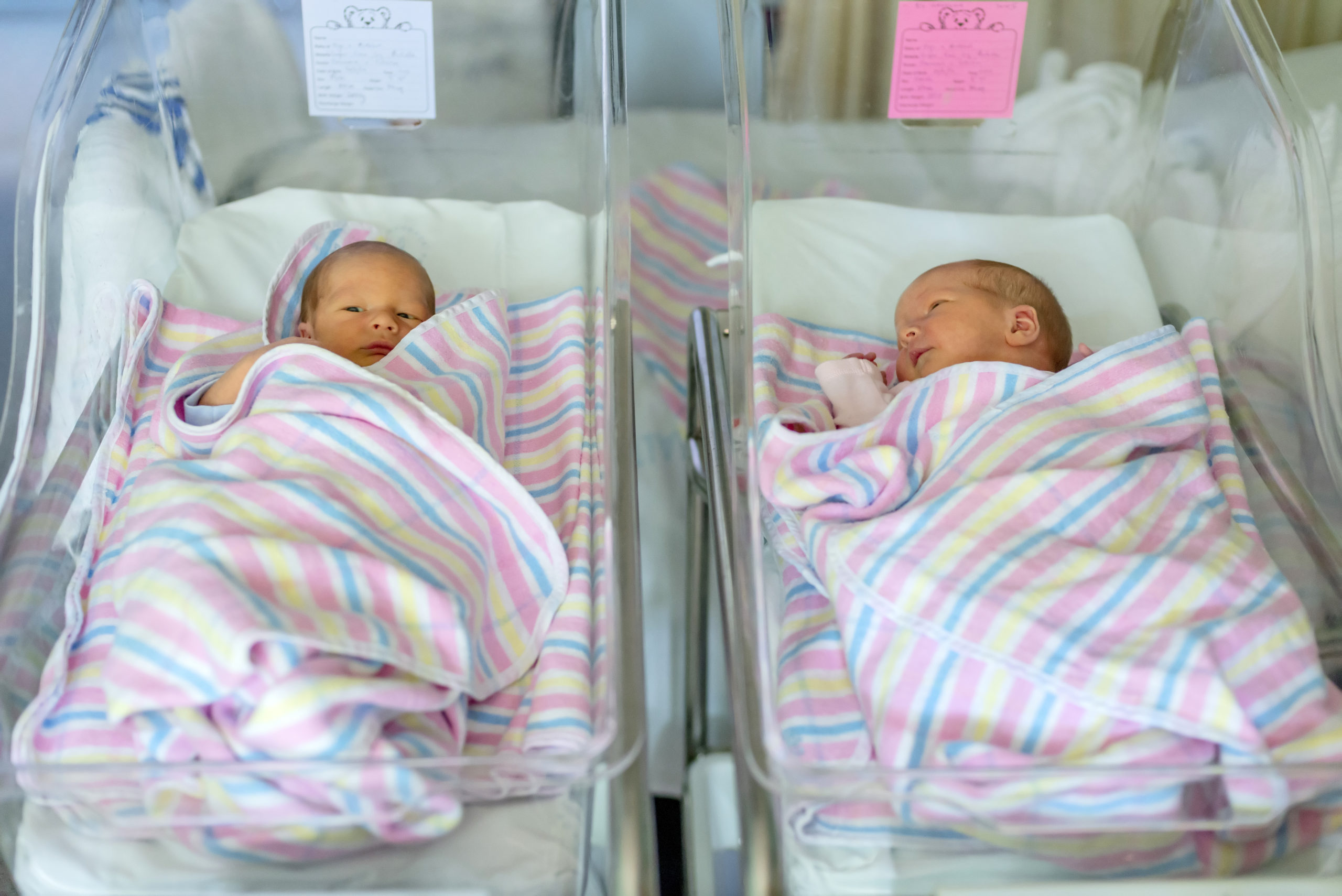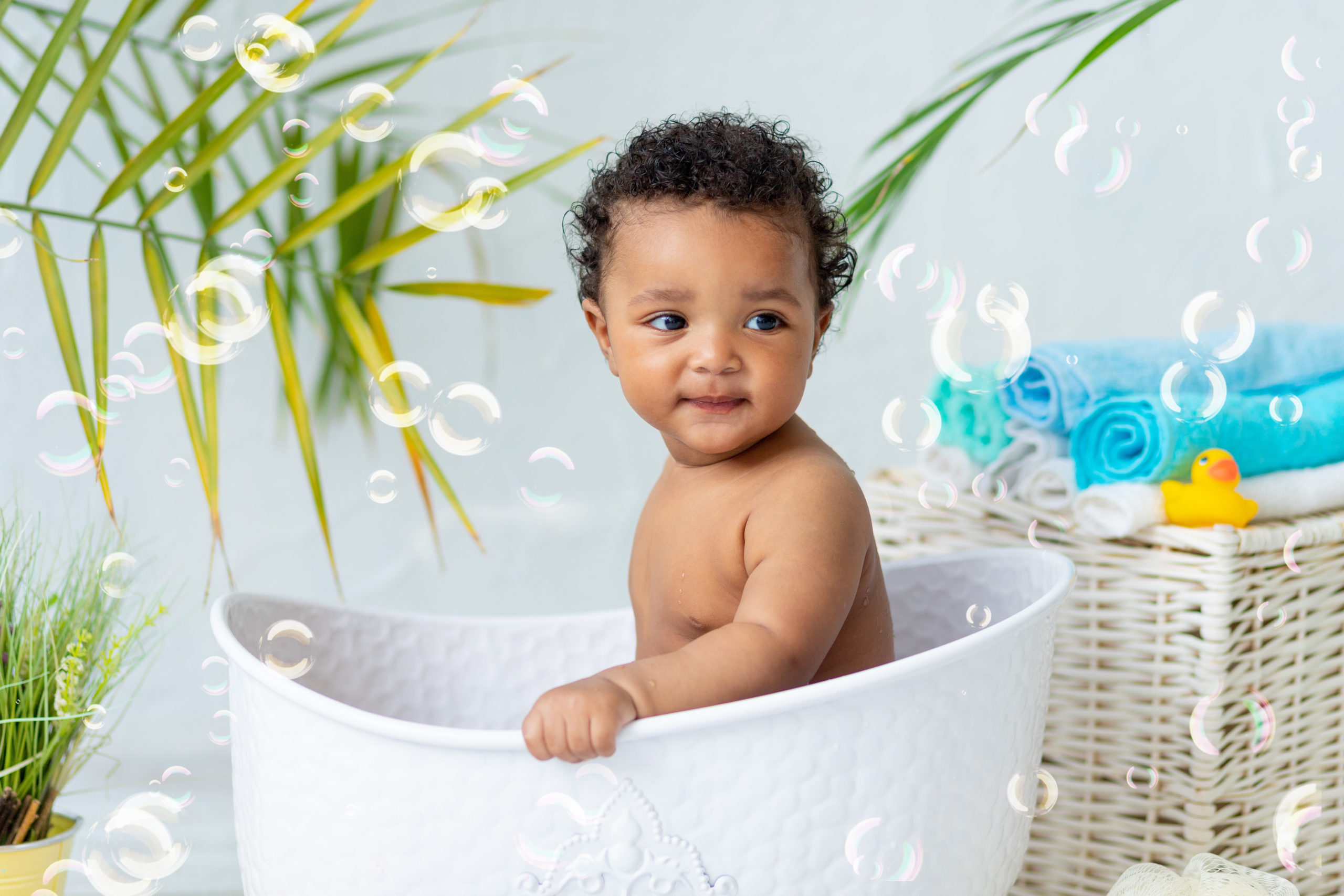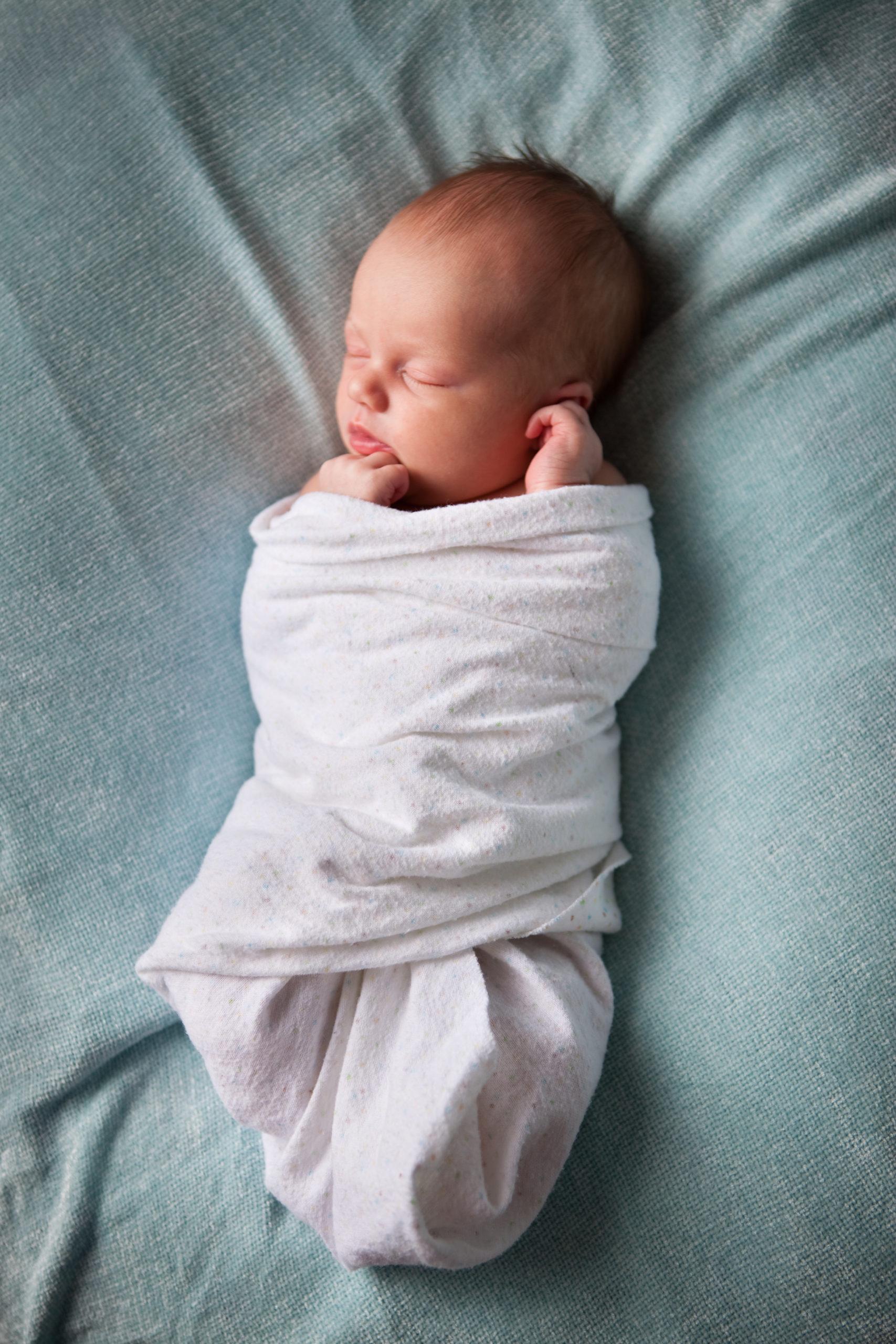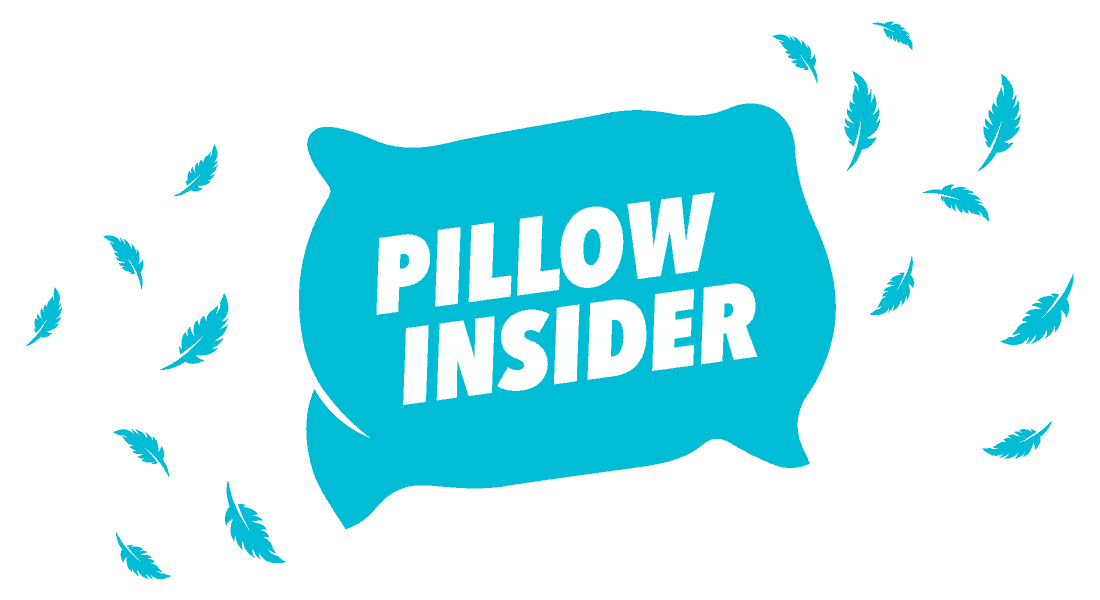A receiving blanket is wrapped around a newborn baby before they’re handed over to family members to hold. It’s often the first thing that comes into contact with your baby’s fragile skin. Receiving blankets are typically smaller than swaddling blankets and can be used for various purposes.
While the hospital receiving blanket is a must-have, there are several reasons why it should not be the last one you use. So, as a new parent, if you’re asking yourself, “How many receiving blankets do I need?” read this guide to learn all about choosing the best receiving blankets.
What Is a Receiving Blanket?

A receiving blanket is usually 30×30 inches and made of thin and soft cotton, plush or flannel. It’s an exceptional blanket that you’ll find yourself using for practically everything.
While they have sentimental importance as the first cloth wrapped around your newborn, you can use them as a multipurpose item once you’re back home. They can be used for everything from cleaning spit-up to keeping your toddler clean.
Although the classic hospital version is the most well-known, receiving blankets are available in plenty of patterns and colors to match your personal preferences. They usually come in packs of three to four and are lightweight, so you can easily toss them in your diaper bag.
How Many Receiving Blankets Do I Need?
We recommend two to four different types and a total of five receiving blankets. Keep in mind that babies are messy eaters, and you’ll probably have to change your baby’s blanket more than once a day thanks to spit-up and diaper messes.
We highly suggest having a minimum of two at all times, one wrapped around your baby and an additional one for when it’s time to swap them out. You can keep the second one in your diaper bag as a backup so you have it when needed.
You’ll be happy to learn that you can easily toss receiving blankets in the washing machine and they’ll still retain their softness after a good wash.
But if you only do laundry once or twice a week, you may need to double the number of blankets for nursing covers. In that case, you’ll need four to eight receiving blankets.
In general, three receiving blankets should be enough if you want to take the minimalist route.
Uses for Receiving Blankets
The main use for a receiving blanket is a little obvious. But as it turns out, not many people are aware of their other benefits. Here’s how you can reuse your baby’s first blanket over and over again.
Receiving Blankets for Swaddling
You can use receiving blankets to swaddle wiggly newborns in the hospital. It might take some time getting used to it, but it becomes almost second nature to soothe and cuddle your new baby once mastered.
Wrapping After a Bath

Cover your baby in a receiving blanket after a bath. The smooth and familiar fabric of the receiving blanket will keep your baby warm and cozy.
Changing Mat for Diapers
You can use a receiving blanket as a diaper changing mat. For example, if you need to change your baby’s diaper in a public restroom, simply lay out the blanket on the surface and go about your job.
Breastfeeding Cover
A receiving blanket is a perfect cover for privacy when breastfeeding your newborn on the go. It’s convenient to carry in a diaper bag, thanks to how small it is.
Blanket for Burping and Cleaning

Infants often spit up while burping. Babies are also naturally curious and create a lot of mess when exploring. Now, you cannot stop them from being themselves, but nothing is stopping you from using a receiving blanket to clean up those messes.
A Sleeping Aid
If there’s one thing your baby will sleep in without having a tantrum, it’s a receiving blanket. The familiar aroma and warmth of a receiving blanket will drift your toddler off to sleep in a matter of seconds.
How To Select the Right Receiving Blanket
There are a few things to consider when zeroing in on the type of blanket you and your baby would want to use every day, including:
Durability
Receiving blankets are generally more durable than swaddles and muslin blankets because of their slightly thicker material. Most of them are composed of flannel — making them durable yet soft and cuddly.
Comfort
Naturally, you’d want the most comfortable blanket for your kid. Make sure the blankets are neither too harsh nor too soft. Remember, what’s soft for you might not cut it for your baby because of their extremely delicate and sensitive skin.
Breathability
One of the most crucial elements to consider when picking a blanket material for your newborn is breathability. Suffocation or overheating is always on the table with thick and heavy blankets, but a lighter material would allow your infant to breathe easily.
Bamboo and organic cotton are the most breathable and delicate blanket fabrics available. They’re also easy to pack and carry in a diaper bag.
Size
Make sure the receiving blanket you pick isn’t so big that it overwhelms your little one. 30×30 inches is a reasonable size for an extra burp or keep-the-baby-warm cloth. 30×40 inches works well as playmats or diaper changing mats.
Safety Tips for Receiving Blankets

Keep these safety tips in mind when using blankets for your babies:
- Do not leave loose blankets in the crib, as it increases the chances of suffocation.
- Allow your baby to move their hips by loosely swaddling the blankets. Make sure not to tight swaddle over the chest or neck.
- When swaddling with a receiving blanket, do not try to straighten the baby’s legs in an attempt to wrap them tightly, as it can cause hip dysplasia.
- Do not wrap blankets around the baby’s face, head or neck.
- Stop wrapping your baby with a receiving blanket when it starts to roll — the blanket may move over the baby’s face when rolling.
Bottom Line
During the first twelve months, your baby’s closest friends are these relatively inexpensive and multipurpose receiving blankets. They are all-purpose and will serve you in various ways for many more years after that.
There’s no denying the importance of receiving blankets. The question is “how many receiving blankets do I need?” We recommend two to three at least, but pick up four to six if you want to make sure you’re always prepared.
